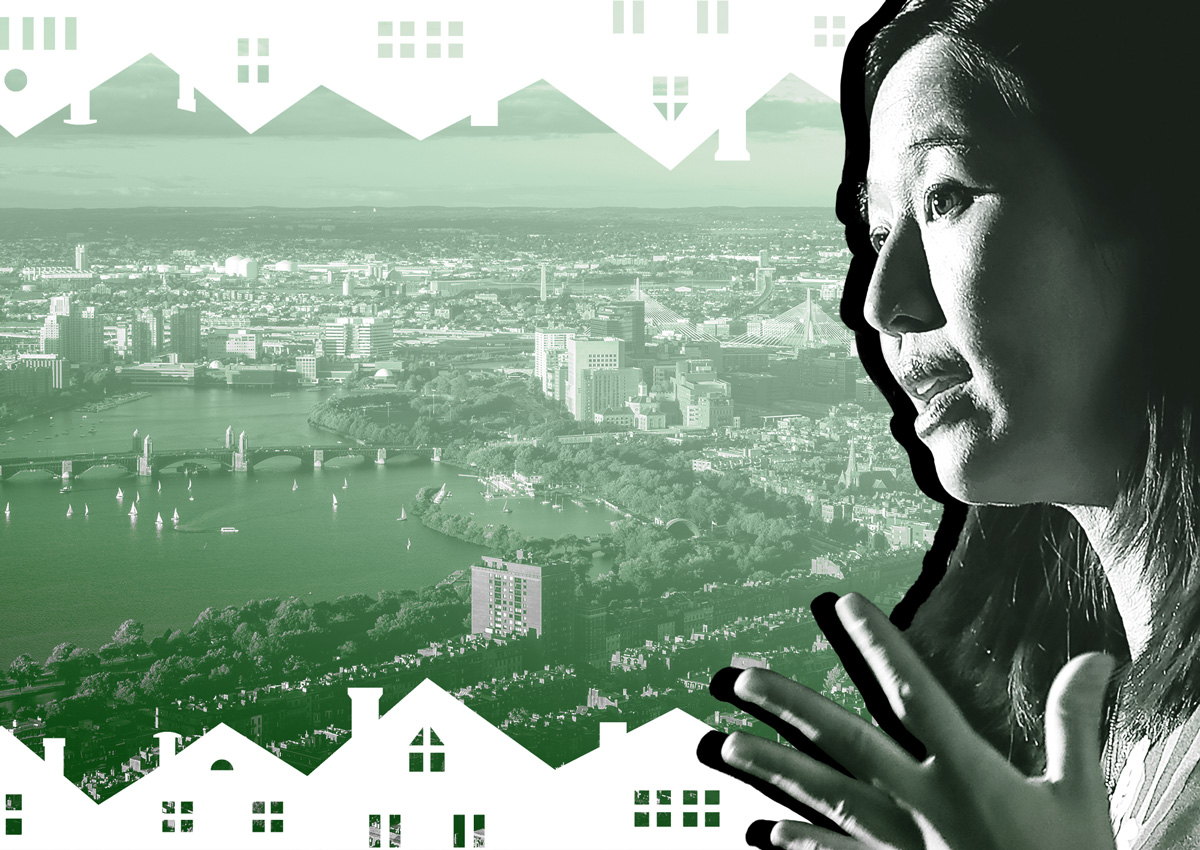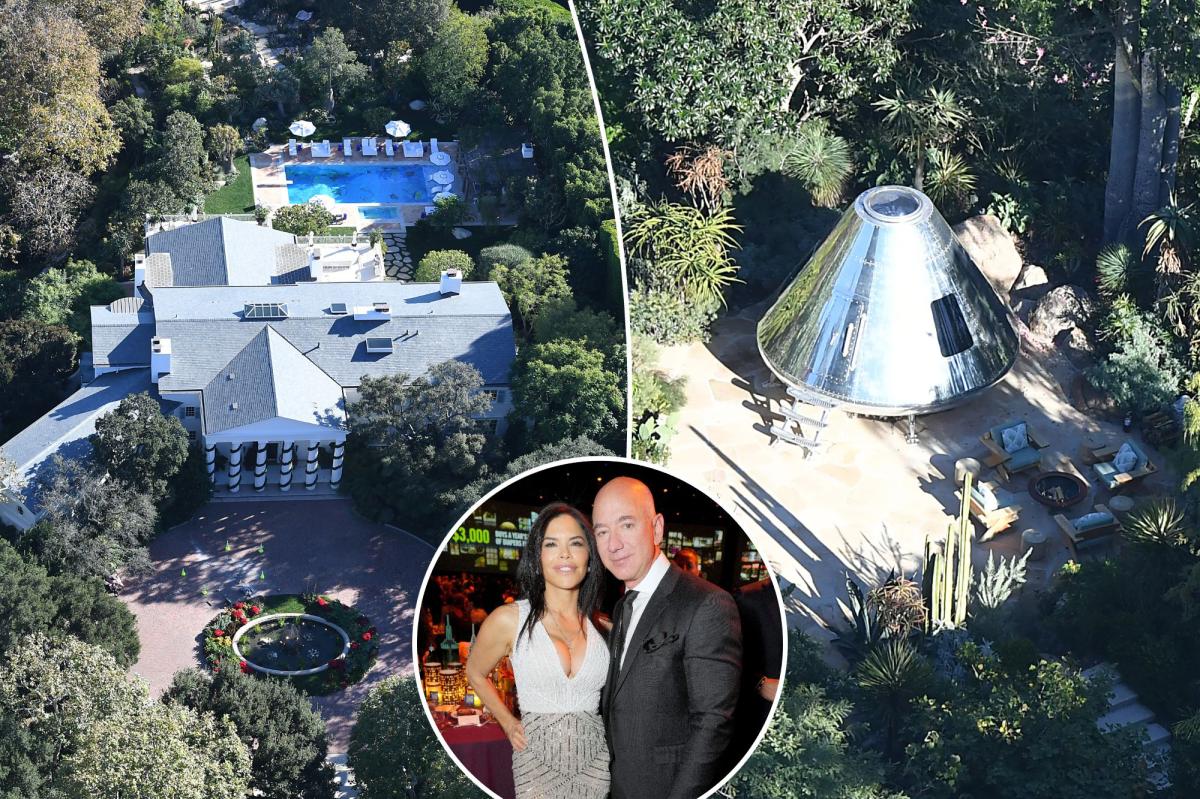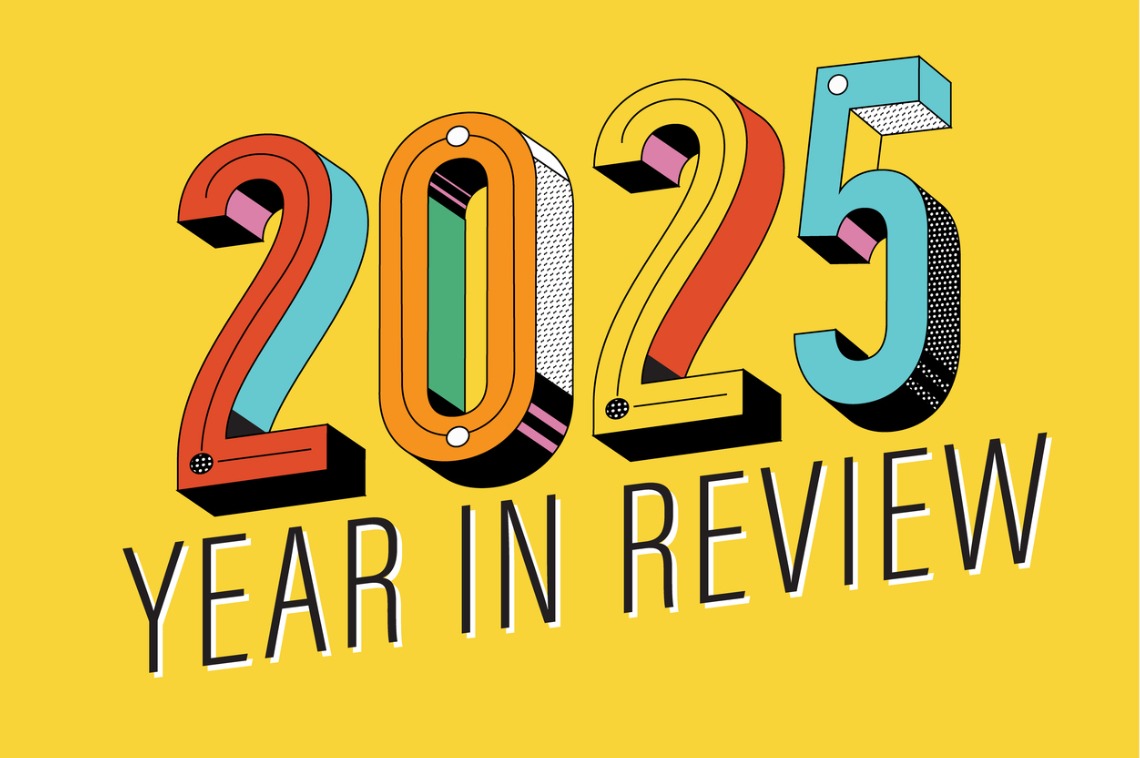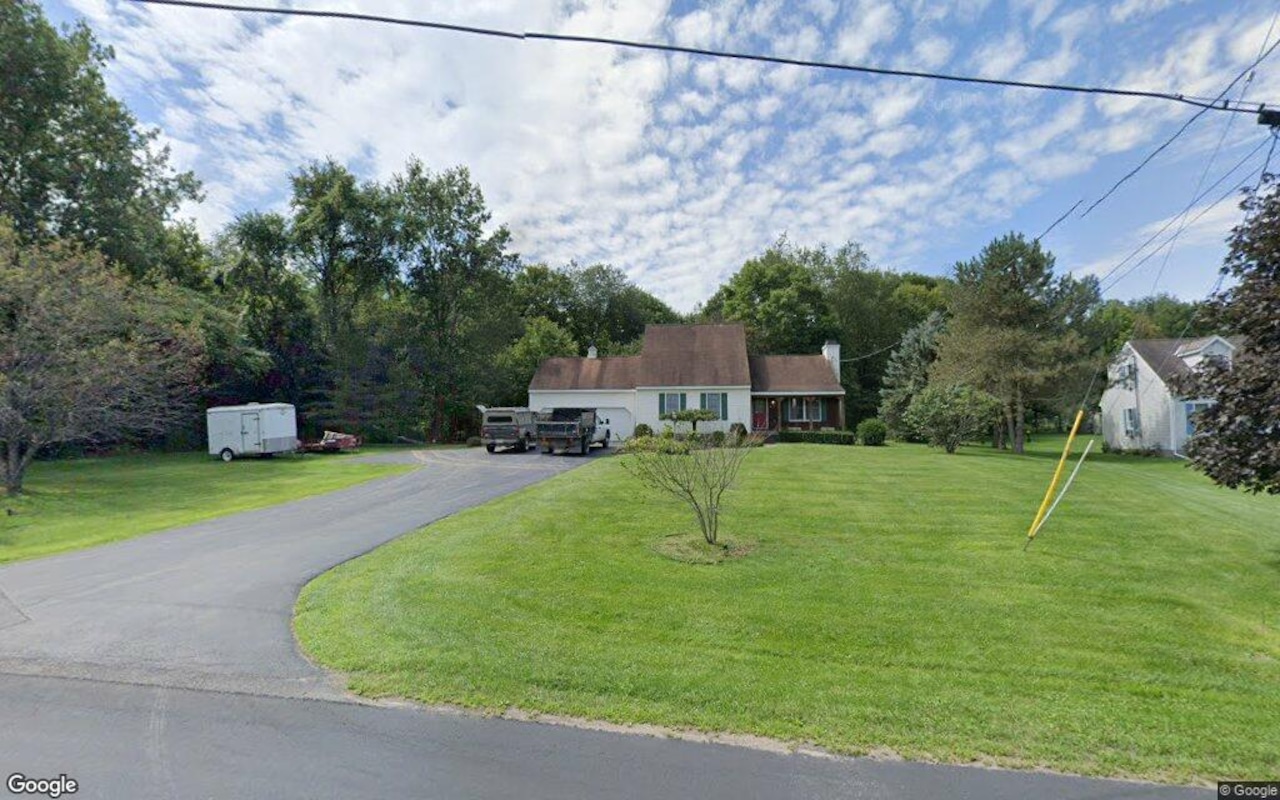T
he Greater Boston area has a significant amount of vacant public land, which could be developed to provide tens of thousands of much-needed housing units. However, the question remains whether there is sufficient political will to make this happen. According to a recent report card by the Boston Foundation and other organizations, utilizing just 5% of the metro area's vacant public land could yield approximately 85,000 new housing units.
The government owns a substantial portion of the land in Greater Boston, with the state accounting for around 7% and municipalities owning another 17%. An estimated 20% of state-owned land and 40% of municipal land is vacant, totaling about 112,000 acres. The tight inventory has led to strained housing affordability, with home values surging by 86% since 2015 and median home prices exceeding $1 million in a quarter of the cities analyzed.
Renters are also struggling, with rents rising by around 47% over the past nine years. To address this issue, the report suggests streamlining the planning process and easing restrictions on building houses on public land. Massachusetts officials have taken steps to address affordable housing, including signing the Affordable Homes Act, which includes $30 million for state-owned land disposition and measures to streamline the planning process.














